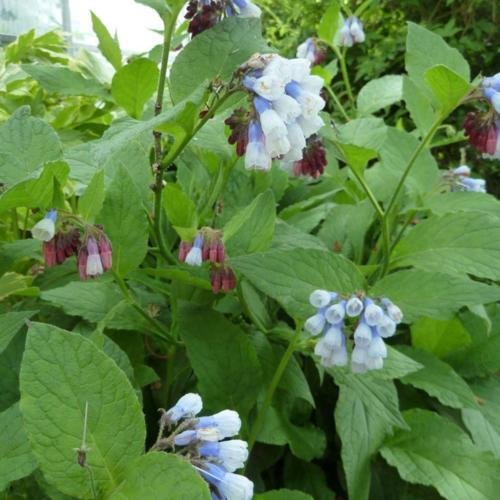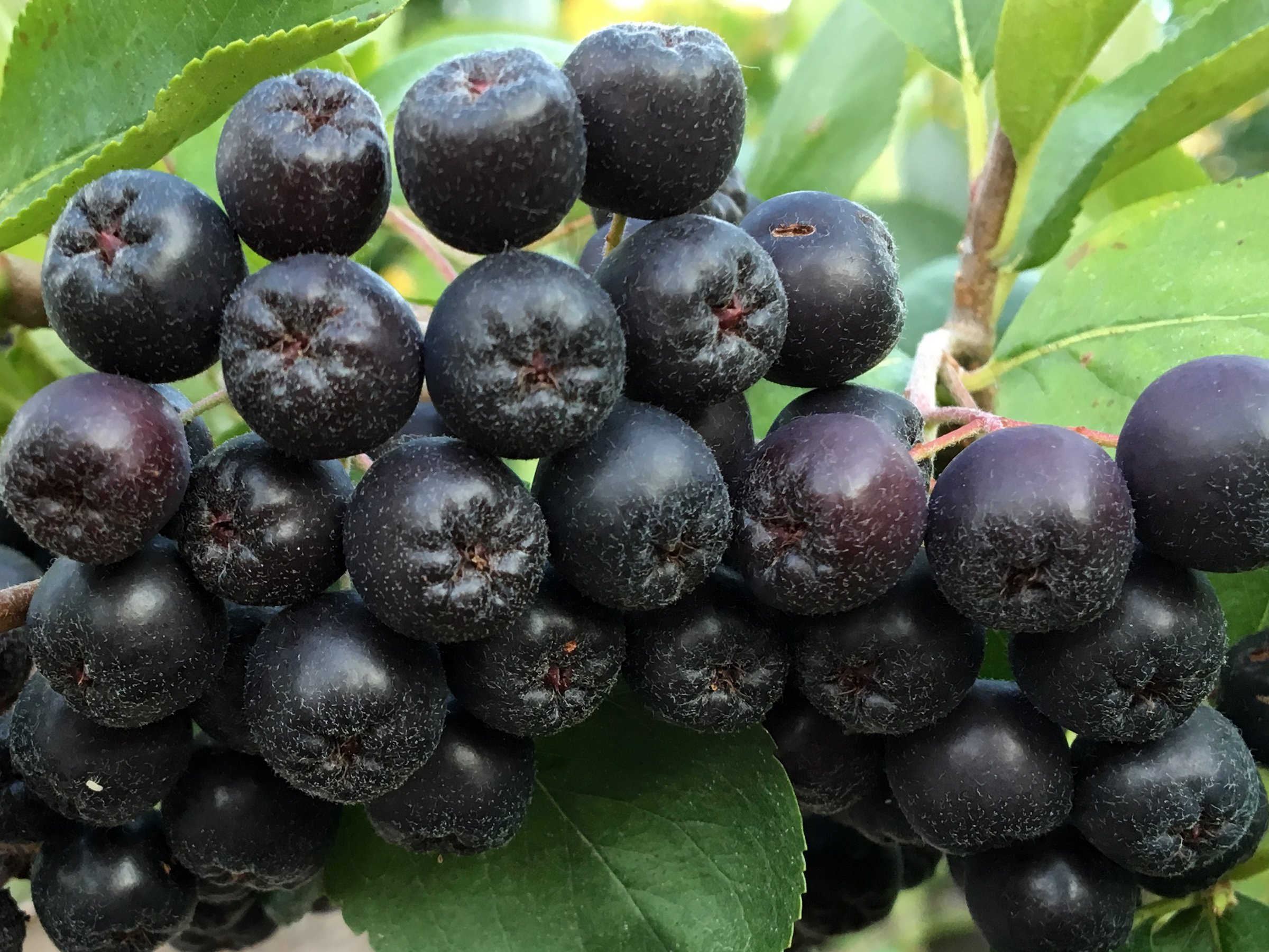Sand Cherry (1-2' seedling)
Latin Name: Prunus pumila. Family: Rosaceae (Rose)
USDA hardiness zone: 3
Growth habit: Shrub
Mature size: 8-10 ft.
Native range: Eastern North America
Preferred habitat: Sandy sites, beaches, disturbed soil, sand plains, urban sites, full sun
Pollinators: Bees
Edible parts: Fruit, DRIED seeds
Uses and functions:
Native shrub with beautiful, understated spring flowers prized by pollinators. Its small fruit hang in bunches in late summer. They vary in flavor, from sweet, to sour and astringent. Tolerant of sandy, dry, salty and poor soils so common in urban settings. Two or more are needed for pollination, and should be planted 6-10' apart.
Latin Name: Prunus pumila. Family: Rosaceae (Rose)
USDA hardiness zone: 3
Growth habit: Shrub
Mature size: 8-10 ft.
Native range: Eastern North America
Preferred habitat: Sandy sites, beaches, disturbed soil, sand plains, urban sites, full sun
Pollinators: Bees
Edible parts: Fruit, DRIED seeds
Uses and functions:
Native shrub with beautiful, understated spring flowers prized by pollinators. Its small fruit hang in bunches in late summer. They vary in flavor, from sweet, to sour and astringent. Tolerant of sandy, dry, salty and poor soils so common in urban settings. Two or more are needed for pollination, and should be planted 6-10' apart.
Latin Name: Prunus pumila. Family: Rosaceae (Rose)
USDA hardiness zone: 3
Growth habit: Shrub
Mature size: 8-10 ft.
Native range: Eastern North America
Preferred habitat: Sandy sites, beaches, disturbed soil, sand plains, urban sites, full sun
Pollinators: Bees
Edible parts: Fruit, DRIED seeds
Uses and functions:
Native shrub with beautiful, understated spring flowers prized by pollinators. Its small fruit hang in bunches in late summer. They vary in flavor, from sweet, to sour and astringent. Tolerant of sandy, dry, salty and poor soils so common in urban settings. Two or more are needed for pollination, and should be planted 6-10' apart.










